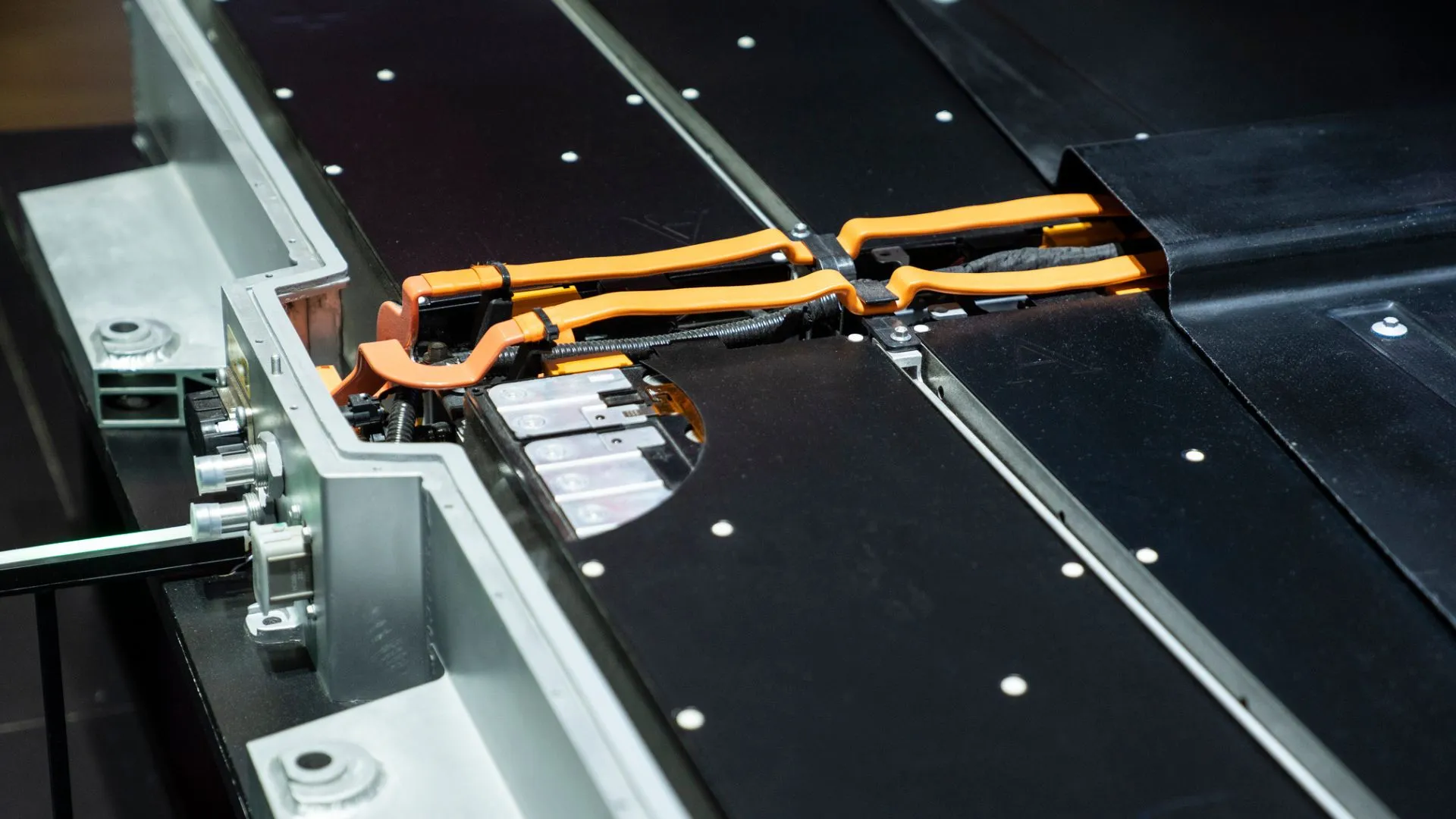
Researchers at the University of Queensland’s Australian Institute for Bioengineering and Nanotechnology (AIBN) have developed a new solid electrolyte that could contribute to the development of grid-scale energy storage.
The material has been tested in sodium metal batteries (SMBs) and has shown promising performance.
In testing, a battery utilizing the new material operated for over 5,000 hours at 80°C (176°F) and retained over 91% of its capacity after 1,000 charge cycles. This level of performance is relevant for the potential use of SMBs in storing renewable energy.
“This kind of long-term performance is essential for grid-level energy storage,” said AIBN Group Leader Dr. Cheng Zhang.
Addressing a known safety issue
Sodium metal batteries are considered a potential alternative to lithium-ion technology due to the low cost and abundance of sodium. However, their use has been limited by safety concerns.
The primary issue is the battery’s electrolyte, the medium that facilitates the movement of ions. Most conventional batteries use a liquid electrolyte, which is flammable.
“These liquids are flammable and can overheat, causing fires like we’ve seen in electric vehicles and e-scooter batteries,” Dr. Zhang explained.
These fires are often initiated by the formation of dendrites—small, sharp metal spikes that can grow inside the battery, leading to short circuits.
“This kind of growth usually happens when the electrolyte becomes unstable after repeated charge cycles, which makes the battery both unsafe and unreliable,” Dr. Zhang added.
To address this safety issue, Dr. Zhang and PhD student Zhou Chen created a new solid electrolyte, a fluorinated block copolymer called P(Na3-EO7)-PFPE. This solid, plastic-like material is not flammable and is designed to inhibit dendrite growth.
Engineering material’s internal structure
The researchers engineered the material’s internal structure into a body-centered cubic formation. This structure creates microscopic tunnels that allow sodium ions to move through the material efficiently.
“By adjusting the layout to form what’s known as a body-centered cubic structure, we were able to enhance the material’s naturally forming tunnels,” concluded Zhou.
“This allowed sodium ions to move just as smoothly and efficiently as they do in lithium batteries, while also reducing the risk of harmful build-up like dendrites.”
While the test results at high temperatures are a milestone, the team is now focused on the next phase of research. The immediate goal is to achieve similar performance at room temperature.
Steps for commercialization
Researchers across the world have intensified their efforts towards the commercialization of sodium-state batteries.
Recently, in another development, researchers proposed that sodium-based solid-state batteries can finally hold their own at room and even subzero temperatures. The work raises the benchmark for sodium batteries, a technology that has struggled in real-world conditions.
Their paper demonstrates thick sodium cathodes that perform at room temperature and down to freezing.
Earlier, a study by researchers at the Tokyo University of Science had shown that doping a sodium-ion battery cathode with scandium can improve its cycling stability.
While conducting tests, they noticed that a coin-type full cell using the modified cathode retained 60% of its capacity after 300 charge-discharge cycles.’



